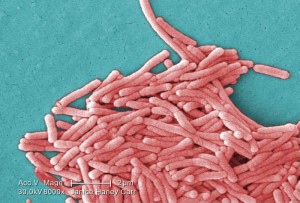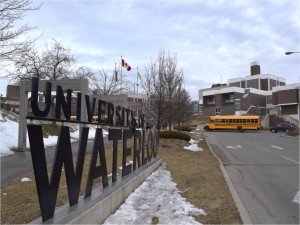So as a general rule I don’t like to pick on published papers… mostly I prefer to pick on news stories, particularly of the germaphobic variety. That being said, occasionally I see a paper that just makes me think “why is that published?”. One of my interests is the topic of antimicrobials and antibiotic resistance …
The title of this commentary in Microbiome, “Making microbiology of the built environment relevant to design” gets right to the heart of one of the long-standing issues in the field. Thanks in no small part to the Sloan Foundation program in the Microbiology of the Built Environment, as well as technological changes in DNA sequencing… …
The planned Sloan Early Career Workshop in Costa Rica (for which abstracts are due January 30th) has been cancelled due to concerns over Zika virus. The Workshop will be rescheduled… possibly in Chicago or New Orleans. We will post details once everything has been worked out.
(Update: This is probably at the NIST campus in MD… though it doesn’t actually say on their website) NIST is hosting an interesting sounding workshop on “Standards for Microbiome Measurements“. The workshop will be held on April 4-5th 2016 (presumably on the NIST campus in Boulder, CO). Information about the workshop below: Purpose: This NIST-NIAID workshop will seek …
(Update: after posting this I found that actual experts have proposed a different hypothesis) So the recent Legionnaires’ Disease Outbreak in Flint, Michigan has been getting quite a bit of press recently. For example in the last few days here are pieces from The Atlantic, The Washington Post, and CNN. The very short version of …
Let’s face it, when microbiologists get together over beers 9/10 times the conversation ends up about poop. Or maybe that’s just among the ones I know? Feces provides the critical window into the important world of the gut microbiome, a large percentage of the biomass in feces is microbial and who doesn’t love fecal transplants? …
Just a quick note that the meeting report from the Sloan-funded symposium “Microbiology of the Built Environment” held at Healthy Buildings Europe 2015 is now available in Microbiome. Summary below: Excess or abnormal microbiological activity is both a cause and a consequence of unhealthful indoor environments. Building research, investigations, and remediation must identify compromised buildings …
Saw this paper by Ashley Rose and Josh Neufeld, “Microbial biogeography of a university campus” and just had to check it out. Basically the authors conduced a survey of door handles across 65 buildings and three time points on the Waterloo campus. What I think it most interesting about their results is the finding that …
One of the main goals of microBEnet has been to improve cross-talk between disciplines with the field of the microbiology of the built environment. One way we’ve attempted to accomplish that is through a manually curated collection of all publications relevant to the field. At the time we began, Mendeley seemed the obvious choice for …
The Mayo Clinic in MN has built a research facility called the “Well Living Lab” which aims to help research connections between health and the built environment. Here’s a description of the facility from their website: At the Lab, we research the real-world impact of indoor environments on human health and well-being, and generate evidence-based …



